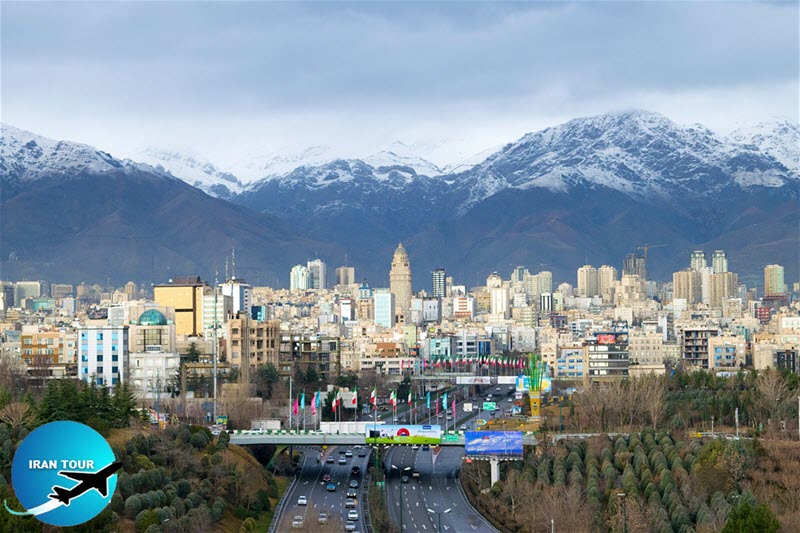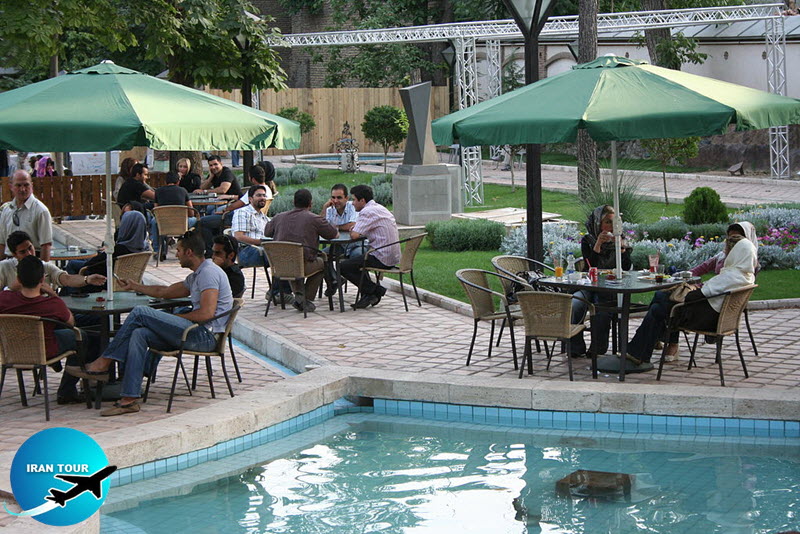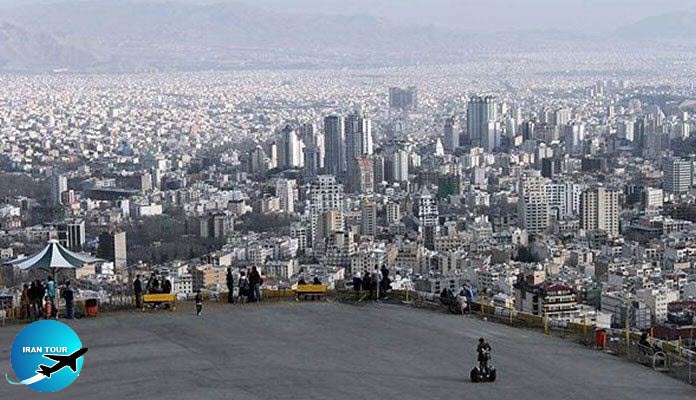Copyright 2020 - 2021 irantour.tours all right reserved
Designed by Behsazanhost
Tehran at a glance
Tehran at a glance
The modern powerhouse of the government and its engineers, Tehran was originally a village in the suburb of Rey, the Iranian capital until the Mongol invasion of the country in 1220 AD. Actually, very little is known of the origin and early history of Tehran. It is possible that it may date back to the ninth century AD, but for the first few hundred years of its existence, it was an insignificant town, its development being retarded by its proximity to the large and flourishing Rey.
Karim Khan Zand, Shah of Iran (175079) came to Tehran in 1759. He was evidently most favorably impressed with the town and its situation, for he gave orders for a government office to be erected there that would rival the great Sassanian palace at Ctesiphon, as well as a number of other buildings. He entertained for a time the idea of making Tehran his capital in place of Shiraz, but finally, he dropped the idea and returned to Shiraz. Tehran's development as an independent city, however, began in the 18th century, when it was finally made Iran's capital by Agha Mohammad Khan, the first of the Qajars impressed Tehran, in 1795, because of its enjoying special importance from the geographical, political, and
 |
With a difference in elevation of more than 500 meters and an officially announced population of 6,620,461 (according to the 1992 census) in an approximate area of 600 square km, modern Tehran is situated on the northern fringe of the great central plateau and at the foot of the southern slope of the impressive mountain chain of Alborz. The Towchal ridge, just under 4,000 meters high (which was climbed by Fath-Ali Shah Qajar, the successor of Agha Mohammad Khan) dominates the town on the north; while nearly 80 km to the northeast, but seemingly much closer in the clear air of the Iranian uplands, is the magnificent snow-capped volcanic cone of Damavand, 5,670 meters in height, the highest mountain in Iran with which many legends are connected. According to one such legend, Zoroaster once lived on the lower slopes of Damavand, close to where the picturesque village of Ask now stands Also according to another legend, many of the episodes of Ferdowsi's Shahnameh have taken place in and around this same mountain.
 |
The 200th anniversary of Tehran's nomination as the nation's capital was celebrated in 1991. Probably the first European to visit Tehran was Don Ruy Gonzales de Clavijo, the Ambassador of King Henry III of Castile to the Great Timur. Clavijo halted at Tehran in July 1,404, while on his long journey to Timur's court at Samarqand
Despite being a creation of the early twentieth century, present-day Tehran is becoming an established highlight on the foreign tourist's itinerary because of its vestiges of antiquity dating mainly from the Qajar period. However, apart from the shops, well stocked with every modern product, as well as local handicrafts, and the museums with their spectacular exhibits on display, Tehran lacks most of the things that draw the foreign visitor to a particular place. However, as most international flights take in Mehrabad Airport, the town has become an important distribution center for visitors from abroad. Furthermore, its status as a capital city and commercial center brings many businessmen and diplomats every year. As a result, most of the country's hotels, both large and small, have grown up in Tehran.
Summer relaxation resorts and recreational centers are equally available for local and foreign travelers and tourists in and around Tehran: parks, reservoirs and banks of three major dams (Amir Kabir, equipped for water skiing, boating and swimming, Latyan, and Lar), mountain entertainment facilities north of Tehran, Towchal Tele-cabin, Damavand peak, bowling, and other wholesome pastimes, the valleys of Jajrud and Karaj rivers (both a trout fisherman's paradises), and the ski resorts of Dizin, Shemshak, and Ab e Ali. Reception and accommodation facilities are so versatile in Tehran and its suburbs that they would no doubt suit the taste and choice of every tourist.
 |
When in Tehran, most probably a taxi will take you to your hotel from Mehrabad International Airport (an ultra-modern airport is already under construction) while passing around a spacious roundabout in the middle of which is the remarkably beautiful monument of Azadi Tower attracts one's attention. After getting settled, all in all, we advise traveling everywhere in Tehran by service taxi and planning your visit to each of the following sites in advance. There are a sufficient number of package tours and all other tourist centers, which you can book either through the hotel or personal contact. The prices are not so ruinous compared to American or European standards.
- Details
- Category: Tehran Tourism


















